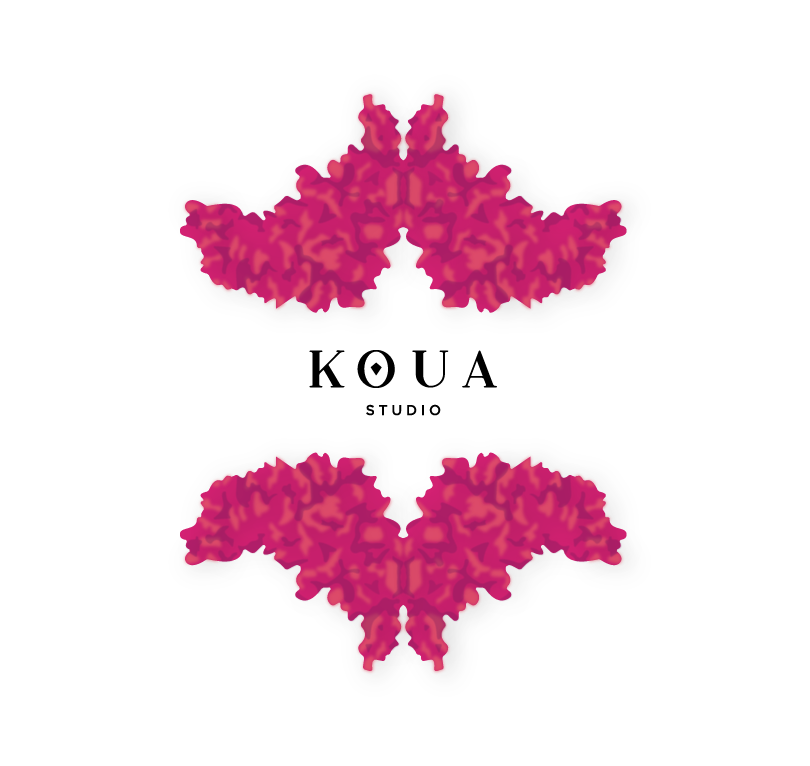Why making a collection with indigenous textiles increases the value of a brand?
In an era of a climate crisis, sustainability has never been more important. From how we choose to travel, to the food we eat, and the clothes we purchase, sustainability is something we have all become more considerate of in our day to day lives.
Fast fashion has become one of the biggest targets in the fight against climate change. This is hardly surprising as the fashion industry alone contributes towards a shocking 10% of global carbon emissions. The issue with fast fashion, in particular, is the cycle of mass production, poor-quality garments made from synthetic, non-renewable fibres. These clothes are designed to only be worn until the emergence of the next ‘micro trend’ and are then disposed of, releasing more greenhouse gases into the atmosphere. This alarming trend has become a driving force for sustainable brands to create clothing that isn’t detrimental to our planet. Introducing luxury sustainable fashion…
One route to creating a luxury sustainable fashion brand is by using hand-made textiles from indigenous communities. For many of today’s millennials, the definition of what it now means to be a luxury brand is influenced by its sustainability effort, with “indigenous people [embodying] sustainable and prosperous ways of life” (Coste-Manière and Gardetti, 2020, p. 116). Therefore, using raw indigenous materials such as raffia and wool to create garments, will increase brand value as well as directly benefit indigenous communities themselves.
Does transparency behind the process will increase brand loyalty of their consumers ?
Transparency is another issue that consumers face when it comes to fashion. Recently, a particular UK-based fast fashion company has come under scrutiny for the working conditions where their clothing is produced, leading to consumers questioning how ethically sourced the clothing from their other favourite brands truly is. Today’s consumers want to purchase from brands that align with their personal values, and the use of indigenous hand-made materials allows for this supply chain traceability. Furthermore, to avoid the “appearance of greenwashing” (Joy, 2022), or brands misleading customers to think they aremore eco-friendly than they genuinely are through marketing strategies, brands are being forced to make even more of a conscious effort to provide consumers with the origin of each ingredient of every product. In turn, this transparency increases brand loyalty.
This being said, consumers may be posed with a challenge if they wish to directly visit indigenous people in local towns. Miguel Angel Gardetti and Subramanian SenthilkannanMuthu discuss this, explaining the importance of preventing “destructive intrusions and invasions of privacy” with luxury sustainable fashion tourism (2017, p. 153). The use of indigenous textiles also comes with its own criticisms. One of which is the problem it faces from animal activists when using animal skin or animal-derived materials such as silk, which involves the “killing of the moth when the cocoon is boiled”. Arguably, however, the unethical and cruel methods used by larger fashion retailers to obtain fur for clothing (Gardetti and Mathu, 2015, pp. 116-117) is incomparable to indigenous communities using traditional hunting methods.
Is craftsmanship the future of fashion?
So, whilst the sustainable fashion industry still faces its ‘teething problems’, with a new perception towards fashion, the future definitely appears to be heading towards shopping with brands that support luxury craftmanship via hand-made textiles from indigenous communities. As luxury becomes more desirable and appealing, as we see the global impact of fast fashion, more brands are discovering a new way of being sustainable.
KOUA-STUDIO currently work with over 150 skilled artisans across different local communities in Mexico to develop their 4 lines of textiles: ‘Recycled, Organic, DeLuxe and Standard’, which are hand-made with ancestral techniques. We provide certificates signed by them to show transparency and we give all credits of the intellectual property rights of these textiles that belong to them.
KOUA-STUDIO’s main purpose is to simplify the process of collaborating with indigenous communities in Mexico for fashion and interior designers to achieve their sustainable goals. At the same time, we want to give opportunities to indigenous people in local towns in Mexico to promote their cultural heritage and contribute to the preservation of traditional techniques and cultural traditions that have been passed down through many generations. We want beautiful things to happen between the designers and the artisans.
References
Handbook of Sustainable Luxury Textiles and Fashion, 2015, Subramanian SenthilkannanMuthu and Miguel Angel Gardetti
Handloom Sustainability and Culture: Entrepreneurship, Culture and Luxury, 2020Subramanian Senthilkannan Muthu, Miguel Angel Gardetti
Sustainable Luxury and Craftsmanship, 2020, Ivan Coste-Manière and Miguel Angel Gardetti
Sustainable Luxury, Entrepreneurship, and Innovation, 2017, Miguel Angel Gardetti, Subramanian Senthilkannan Muthu
The Future of Luxury Brands, Artification and Sustainability, 2020, Annamma Joy



